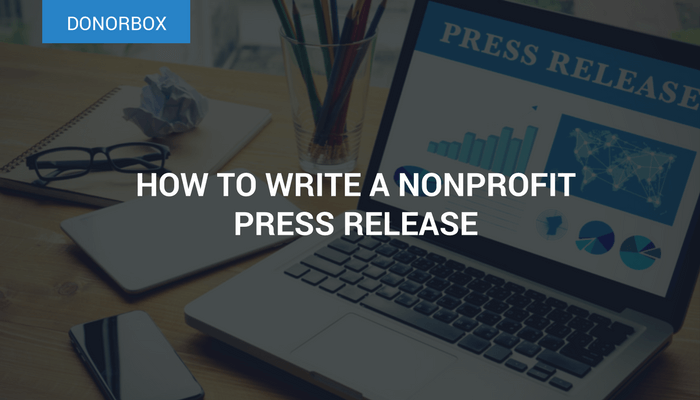Although press releases might seem more the domain of big corporations, celebrities, and politicians, they can be a great tool for nonprofits to grow and inform their audience. Press releases are not only useful for publicising and advertising events. They keep your nonprofit in the public discussion and spread the word about your good work.
If you’re starting a nonprofit, press releases can help your nonprofit take off.
Nonprofit press releases are short, factual news stories written in the third person and given to the media to encourage editors/journalists/broadcasters to feature the nonprofit’s story in their publications.
Table of contents –
How to Write a Nonprofit Press Release (Step-by-Step Guide + Basic Elements)
Not every piece of information is newsworthy.
If you’re not sure whether you should send out a press release, here are a couple of signposts (although there can be exceptions to the rule):
- New program launches
- Updates to existing programs or services
- Opening a new office
- Introducing a new partner/donor
- Rebranding
- Reaching a fundraising milestone
- Big fundraising event
- Receiving an award
Press releases generally follow a standard format, and for a good reason.
Journalists are bombarded by dozens or hundreds of press releases every day, and if a press release isn’t properly written or formatted – they will simply dismiss it.
So, how do you write a good one?
Here’s a step-by-step guide on writing the perfect nonprofit press release:
1. Have a Good Hook
A well-written nonprofit press release needs to start with a strong opening sentence.
A reader should be able to read the first sentence, get interested, and understand what the press release is about.
Why should people care that your nonprofit has a big community event coming up?
Your opportunity to grab potential donors’ and media attention is right at the beginning. The best way to do that is to humanize your story and engage readers in your first paragraph.
The way you do this will depend on the aim of your nonprofit press release and your target audience.
Nevertheless, your first one or two sentences need to be catchy and compelling. They should create curiosity in readers and compel them to read more.
Your lead should pass the “so what” test: is the story interesting enough to people outside your own nonprofit?
If it isn’t, you should reconsider distributing a press release.
Additional tips for writing a good headline (Dos):
- Don’t shy away from rewriting your headline many times until you get it just right.
- Keep it under 110 characters so that it’s easily tweetable.
- Include the most important information in the first 65 characters (including spaces), which is the approximate length of Google displays/indexing.
- Avoid opinions. A headline, or a press release for that matter, is no place for words like ‘amazing’. Be careful to not sound gimmicky!
- Utilize subheadlines.
- Know what the industry reporters are covering.
- Write the headline last, once you know what the story is about.
- Use the right keywords. The right keyword, or keyword phrase, results in a placement in Google News and sometimes Google web search results. Don’t overstuff the headline with keywords though.
- Use active voice and avoid using the word “announces”.
- Test your headlines, especially if you’re writing for a niche audience.
- Always proofread before sending!
Don’t write this (Don’ts):
“XYZ Nonprofit Organizes a Gala Dinner“
Why is it bad?
Why should a reader care? Why is this information interesting or relevant to a reader? Who does the information matter to outside your nonprofit?
Write this instead:
Headline: “XYZ Nonprofit Organizes their Annual Gala Dinner”
Subheadline: “Raises 1 Million to Support the City’s Homeless Veterans”
Why is it better?
There is information about what the nonprofit will be using the money for, not just the fact that they were able to secure the donations.
It provides a reason for the reader to click on the link and continue reading and doesn’t feel insufficient.

2. Tell A Story
Every good nonprofit press release is, in its own way, a story.
A nonprofit press release can speak about your local or global impact, but in a way that’s relevant to your audience.
You can talk about the “why” of your nonprofit – why it does what it does and where your mission came from, but don’t lead with or focus on your mission statement. Reporters generally don’t care about an extensive background story of your nonprofit.
Make a reporter think “That’s interesting!” or “I didn’t know that!” and save the background story of how and why your nonprofit was founded for the very bottom of the press release, if at all.
This background story/about the company is called boilerplate information. You can put your company’s achievements here, but don’t make it too long. Otherwise, you are at a risk of sounding like you’re writing a sales pitch.
Boilerplate information gives journalists something with which to offer readers context.
E.g. Founded in February 2004, Facebook’s mission is to give people the power to share and make the world more open and connected. Anyone can sign up for Facebook and interact with the people they know in a trusted environment. Facebook is a privately held company and is headquartered in Palo Alto, Calif.
3. Keep It Simple
It’s easy to fall into the trap of elaborating a lot when writing a press release.
After all, when you do something you’re proud of and deem noteworthy, it’s hard to not talk about it.
Keep your press release concise, simple and supporting your lead sentence(s)/introducory paragraph.
If your nonprofit press release is succinct and focused, you will increase the chances of your readers grasping the message you want them to and staying on the topic.
Keep your paragraphs short (around 30-35 words). Also, try to keep the whole press release to a single page.
Take your audience into consideration when writing. If it is meant for the general public, you may need to define technical terms or any other industry-related jargon. Language should also be professional and resemble the writing style of the journalists you are targeting.
4. Keep It Social and Shareable
Press releases might follow a pretty strict format, but that doesn’t mean they should not account for the rise of social media and the Internet in general.
Here are some tips to make your nonprofit press releases more social and shareable:
- Include a photo or a video.
- Include your social media handles and post the content throughout the day of the release (with a special focus on Twitter).
- Make them mobile compatible.
- Increase the font.
- Add hyperlinks to relevant content.
It’s a good idea to focus on the distribution of your nonprofit press release: reach out to specific journalists and share your coverage.
Once you have some coverage, do as much as possible to amplify it. If your press release is being covered on radio or TV, tweet about it, post about it, and cross-reference it to your website. Tweet directly to relevant journalists and use hashtags.
A good idea is to have a segmented database of contacts to make this process faster and easier each time.
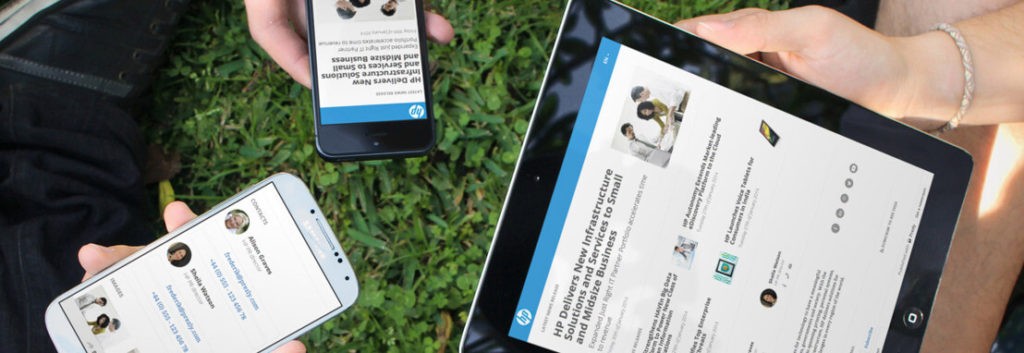
5. Add to Your Story
There are several things you can do to add that ‘extra something’ to your nonprofit press release.
Powerful and relevant quotes can make or break a nonprofit press release. Depending on the press release, let your leaders, your staff, your volunteers, or your beneficiaries take the stage. Quotes can give a human element to the press release, and be the ‘summary’ or source of information on their own.
When using a quote by someone in your nonprofit press release, make sure to use their title/position. Sentences in quotes should be short and to the point.
To further add to your story, use case studies and testimonials. Fill your press release with hard numbers that support your announcement. If you’re claiming a trend, you need proof to back it up. Quantify your argument and it will become much more compelling.
Photos and videos are always a bonus too!
6. Build Relationships with Journalists
Journalists and editors decide whether to publish your nonprofit press release. Building good professional relationships with them matters.
It all starts with seemingly basic rules:
- When sending out your press release to multiple recipients, don’t blind cc them.
- Personalize your pitch to your contact.
- Make sure you included the right biographical information about the journalist, including spelling their name right.
- Triple check your copy is typo-free and grammatically flawless.
- Never pester journalists with daily follow-up emails.
- Focus on your current story and don’t get too much into discussing the future immediately.
- Think about offering exclusive rights to a particular media outlet.
- Be mindful of time pressure (e.g. feature journalists work on slightly different schedules).
- To grab the journalist’s attention, send an email and use your headline as the subject line. Paste the release into the email rather than attaching it. Many press and media organizations have automatic blocks on attachments.
Basic professional courtesy can go a long way in building relationships.
A fun way to explore what NOT to do when pitching to journalists is to look through the @DearPR Twitter account.
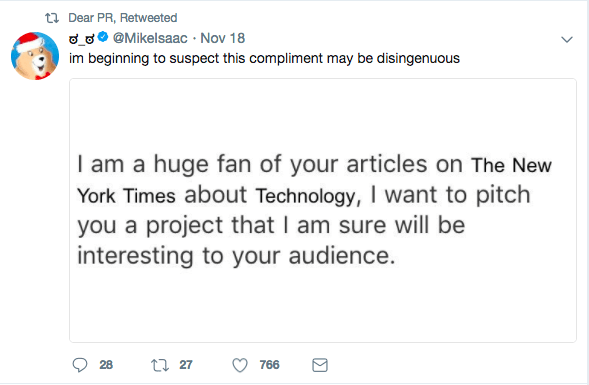
7. 5 W’s and 1 H
Your press release should answer the following:
- Who: Who is the press release about? Who are the main players involved?
- What: What is the topic of the press release? Why should readers care?
- Why: Why are you sending out the press release? How does it affect your readers?
- When: When is the subject of the press release (the program release or an event, for example) taking place?
- Where: Where is your nonprofit located? If there’s an event, where is it taking place?
- How: How does the subject of your press release provide value? How does it help your readers?
You can use these six big questions to guide your press release. It’s ‘journalism 101’ and many journalists will argue your story isn’t complete until you answer all six questions. Even if you disagree, this concept helps create a roadmap for a good nonprofit press release.
These 5 Ws and H should be plain and obvious in the press release. You might even want to consider writing them out in the ‘Notes to Editor’ section of your nonprofit press release.

8. The Inverted Triangle
Having answered the ‘5 W’s and 1 H’ questions, it becomes easy to form the body of a good nonprofit press release.
For best results, use the inverted triangle/pyramid template.
The inverted pyramid is a writing style used by public relations professionals, journalists, and other writers to illustrate how information should be prioritized and structured for the reader. It leads to the most important, or most newsworthy, information first.
- Short, clear headline tells media what the story is about
- Paragraph 1: sums up the entire story in one or two sentences
- Paragraph 2: puts story in context – why it’s important
- Paragraph 3: presents details – who’s involved, how it came about, etc.
- Paragraph 4: includes a relevant quote to add information, credibility and/or opinion
- Paragraph 5: shows where people can find more details, get involved, etc.
By using this method, you minimize the amount of time a journalist has to search for the newsworthy angle in your release – since you’re doing that for them. This way you also show that you know what you are doing and that you value the journalist’s time.
You want to make it as easy as possible for a journalist or an editor to publish your press release. The best way to do that is by minimizing their editing time, and this is what the inverted triangle method does.
Basic Elements of a Nonprofit Press Release
1. When the release can be distributed
(e.g. FOR IMMEDIATE RELEASE or FOR EMBARGOED RELEASE – a date on which the press release is to be published)
This can be put above or below the headline and can be on either side of the page.
2. Headline
Your headline should be centered across the top of the letterhead.
3. Organizational info:
Can go above the headline or below. Usually appears on the left side.
- Name of Organization
- Address
- Phone Number
- Website URL
4. Contact information:
Can go above or below headline; and on the right or left side of the page. Check out various
samples to see the variety of formats.
- Name (can be a person’s name or a generic place such as “the Public Affairs Department”)
- Email address of person or department
- Phone Number (include office phone and cell phone numbers)
5. Place, day, date
Start the first line of release.
6. Body of release
The first paragraph should contain all of the relevant information. It should contain who, what, when, where, how, and why. Always assume that the first paragraph is all readers will read, so you should inform them as much here.
The succeeding paragraphs should support everything you wrote in the first paragraph. Each paragraph should be no more than 4 to 5 sentences and separated by a space.
This is where you should include any supporting data: quotes, case studies, and testimonials. If you have them, include in the body any hard numbers, such as statistics, that you may have.
7. Information about the nonprofit organization
This is boilerplate information.
8. ###
These marks are centered just below the content of the release and signal the end of the release.
9. Notes to editor
To avoid going into the fine details in the core release body, ‘notes to the editor‘ is often used to summarise the core facts and provide any more relevant information such what else you can offer – Interviews, more images, statistics, about etc.
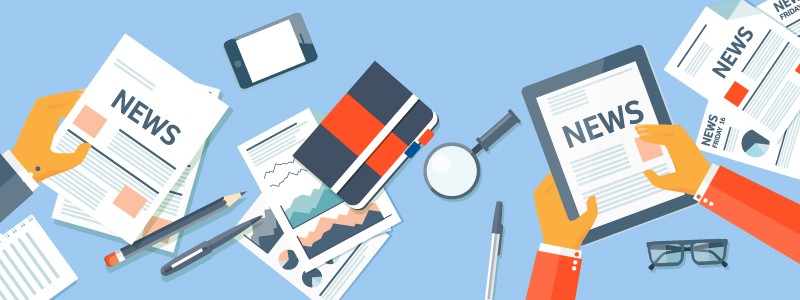
3 Nonprofit Press Release Examples
These 3 nonprofit press release examples will give you an idea of how you should write one, what to avoid, what to mention, and may clear your remaining doubts about a typical nonprofit press release.
1. UnitedWeStay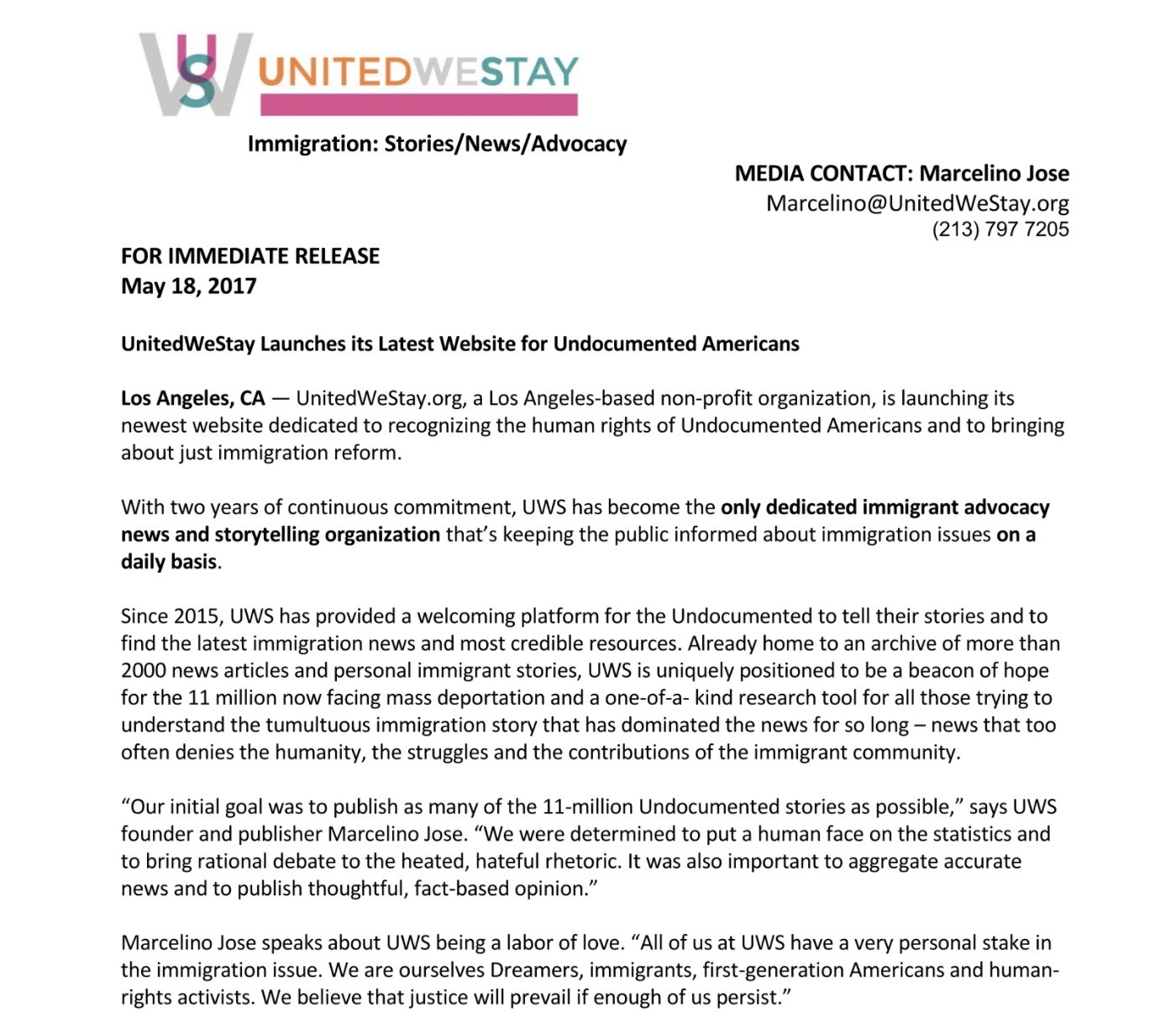
UniteWeStay is a Los Angeles-based nonprofit organization that keeps the public informed about the immigration advocacy news through storytelling. When they launched their website for undocumented Americans, they issued a press release to spread the news.
This is an awareness press release that is completely focused on the new website, what it will offer to the general public, and why it was created in the first place. In the last paragraph, they also make it apparent how people can volunteer, share their own stories, and make donations through the same website. Check the press release here.
This can be the perfect example for you if you too have a piece of news to share. It can be the launch of a new website, the opening of a new unit at your shelter, an upcoming fundraiser, an impact report, the need for funds for an urgent rescue operation, or anything that sounds like news to you.
2. Albertsons Safeway
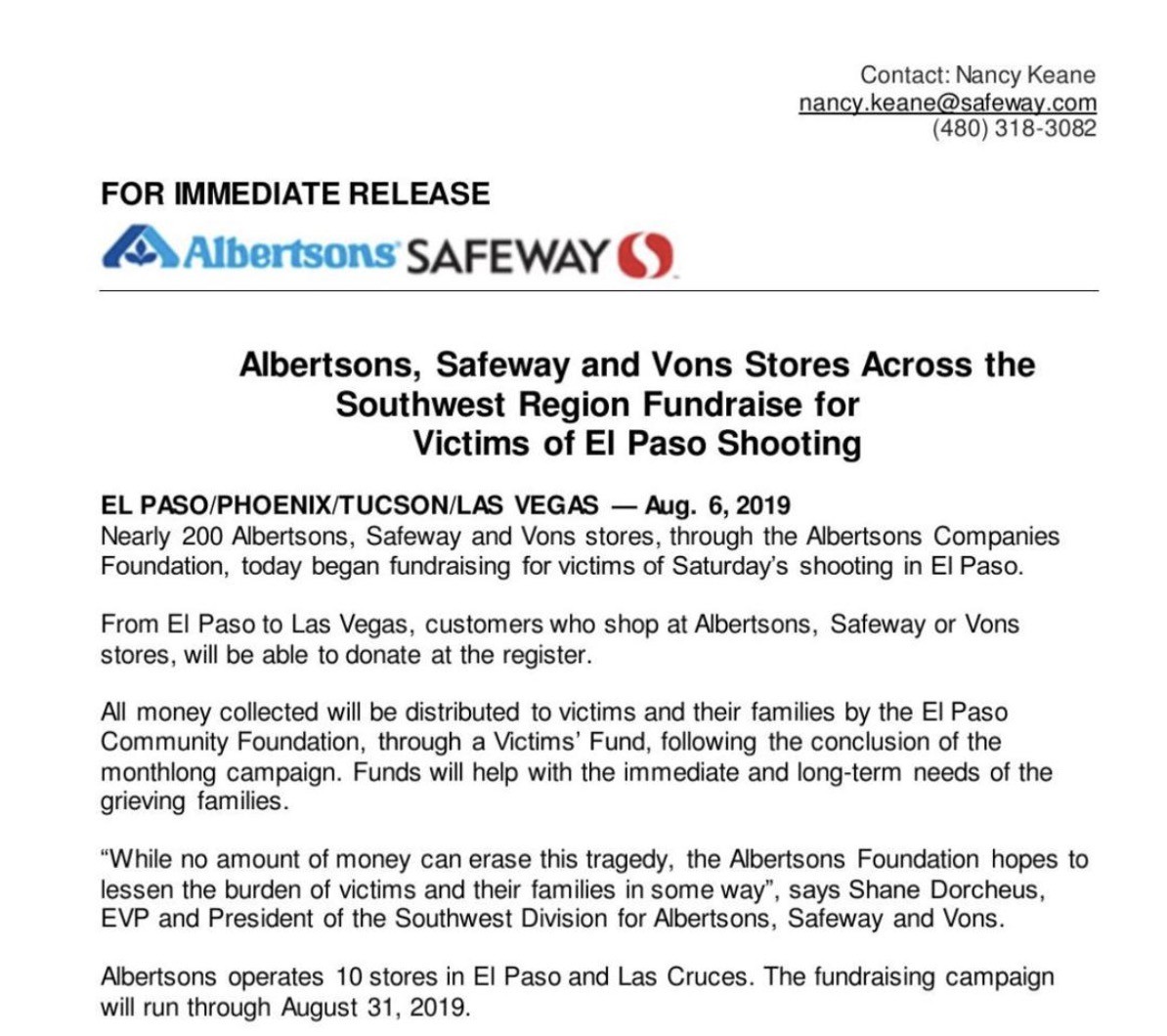
Albertsons Companies is one of the largest food and drug retailers in the US. In partnership with the EI Paso Community Foundation, they hosted a fundraiser for the EI Paso shooting victims. The press release was to share the news that customers visiting the Albertsons, Safeway or Vons stores would be able to donate at the register.
This press release is not directly from a nonprofit but if you’re an individual or an organization working in tandem with a nonprofit to create a fundraising event, this is how you go about it.
3. Friends of Beverly Animals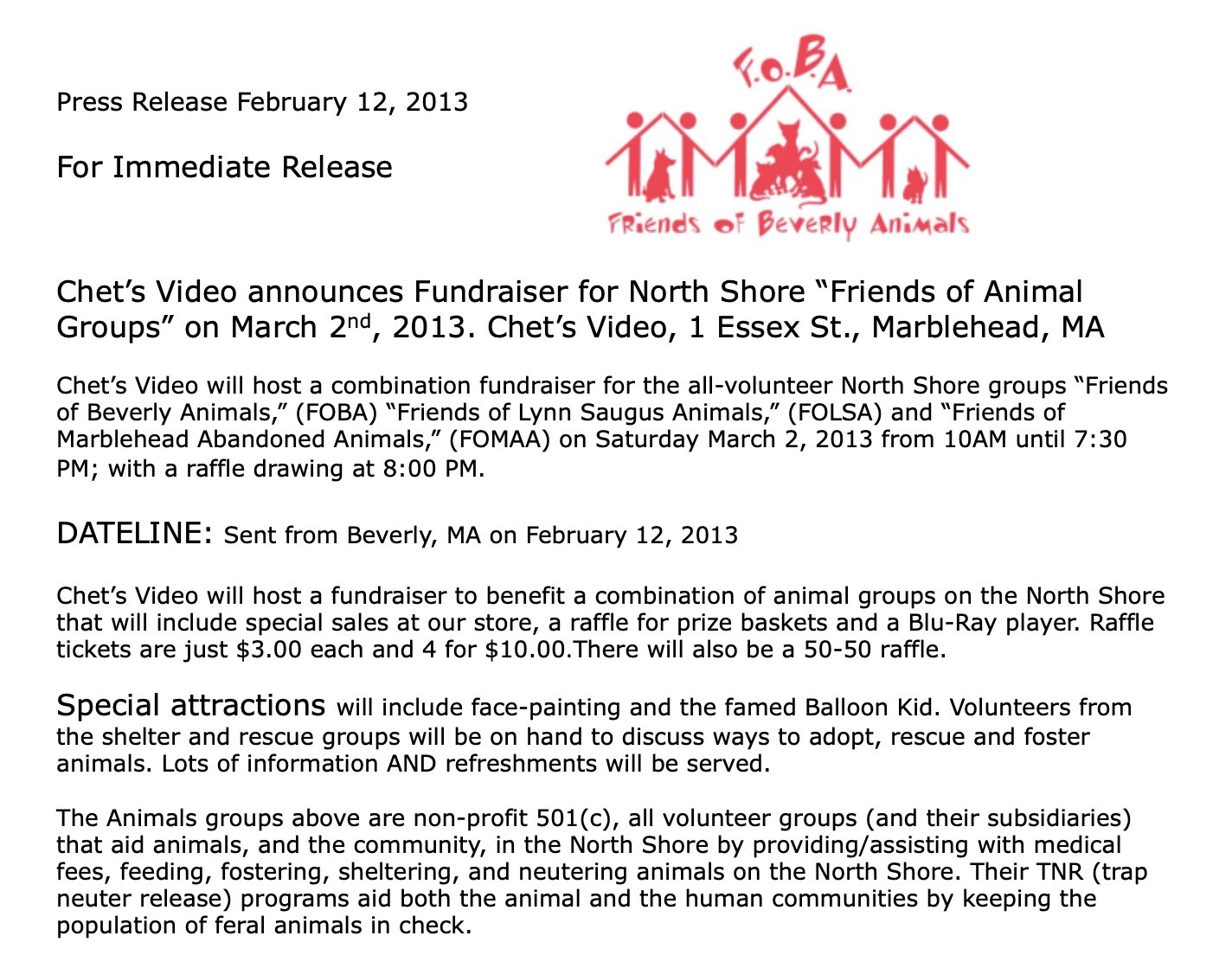
Friends of Beverly Animals and Chet’s Video (a video store) partnered to host a raffle fundraiser in Marblehead, MA. The press release was issued to inform the public about this upcoming event. Apparently, the raffle was held so the participants could be aware of the adoption and fostering procedure of animals at the various animal groups involved in the event.
This is quite a simple and straightforward approach to a fundraiser-specific press release. This can be really handy for you if your sole intention is to make the public aware of your upcoming events and programs. Check the press release here.
Bonus: Nonprofit Press Release Template
The quality of your press release decides whether your news will sound as exciting to the local media and newspaper readers as it is to you. This downloadable nonprofit press release template along with a sample press release will help you get started.
Please note that in this template, we have assumed a specific type of nonprofit to convey the idea. You should be able to refer to it for writing yours in the future.
Download Template
Final Thoughts
There is a lot of debate about whether or not press releases are still worthwhile for nonprofits.
Although there are good arguments on both sides, and it’s one of those tactics that could be a hit or miss, but if it hits, it could result in a major press launch for your nonprofit.
Furthermore, if a nonprofit press release is engaging enough, it also can do the following: generate social sharing; direct targeted and organic traffic back to a website; and create journalistic interest home and abroad. All of this makes crafting a nonprofit press release worthwhile for your nonprofit.
By becoming familiar with the layout, format, and style of a nonprofit press release, you can write convincing and interesting press releases that help further the mission of your nonprofit.

